The Visual Spectacle of "Attack on Titan" Final Season: A Tapestry of Emotion and Storytelling
Related Articles: The Visual Spectacle of "Attack on Titan" Final Season: A Tapestry of Emotion and Storytelling
Introduction
With great pleasure, we will explore the intriguing topic related to The Visual Spectacle of "Attack on Titan" Final Season: A Tapestry of Emotion and Storytelling. Let’s weave interesting information and offer fresh perspectives to the readers.
Table of Content
The Visual Spectacle of "Attack on Titan" Final Season: A Tapestry of Emotion and Storytelling
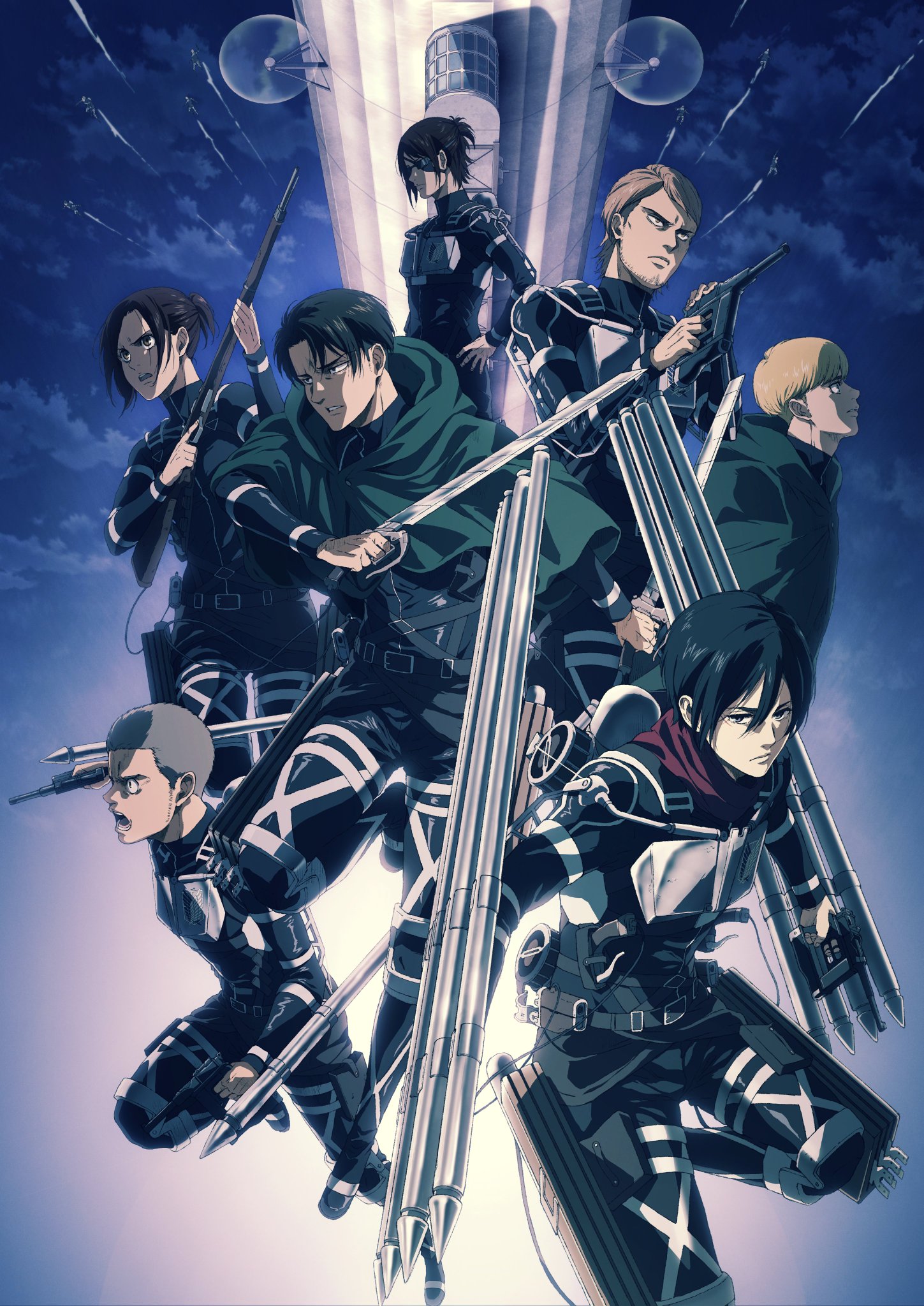
The final season of "Attack on Titan" (AoT) captivated audiences worldwide, not just with its gripping narrative but also with its visually stunning animation. The season’s animation, particularly in the latter half, took a significant leap forward, utilizing a blend of traditional 2D animation and CGI, creating a breathtaking spectacle that mirrored the emotional intensity of the story. This article explores the unique visual language of the final season, analyzing its impact on the storytelling, character development, and overall experience of the viewer.
A Symphony of Visuals: Elevating the Narrative
The final season of AoT was a masterclass in visual storytelling. The animation served as a powerful tool to amplify the emotional weight of events, enhancing the impact of pivotal moments and deepening the viewer’s connection with the characters. The use of CGI, while initially met with some skepticism, was effectively integrated to showcase the immense scale of battles, the destructive power of the Titans, and the raw, visceral nature of the conflict.
The Power of CGI: Unveiling the Grandiose
The final season saw the introduction of CGI in several key scenes, notably the battles involving the colossal Titan and the War Hammer Titan. This technology allowed for a more realistic depiction of the Titans’ immense size and power, adding a sense of awe and terror to these sequences. The CGI also enhanced the dynamism of the action, showcasing the intricate movements of the Titans and the fluidity of the battles.
Beyond CGI: The Strength of Traditional Animation
While CGI played a crucial role in portraying the grand scale of the conflict, the heart of the final season’s animation remained rooted in traditional 2D techniques. These techniques were employed to express the internal struggles of the characters, particularly their emotional turmoil and the weight of their decisions. The subtle nuances of facial expressions, the fluidity of movement, and the use of color palettes were all carefully crafted to convey the characters’ emotional states.
Color Palette: A Canvas of Emotion
The color palette of the final season played a significant role in setting the mood and enhancing the emotional impact of the narrative. The use of muted colors, particularly in the latter half, reflected the characters’ growing despair and the increasingly grim realities of their world. In contrast, the use of vibrant colors during pivotal moments, such as Eren’s transformation, served to highlight the intensity and significance of these events.
The Impact of Visuals: A Deeper Connection
The final season’s animation, with its effective blend of traditional and CGI techniques, created a visual language that resonated deeply with the viewers. It allowed them to experience the story on a visceral level, enhancing their emotional connection with the characters and their struggles. The animation helped to elevate the narrative, making it more immersive and impactful, leaving a lasting impression on the viewers.
FAQs
Q: What are the primary reasons for the use of CGI in the final season of "Attack on Titan"?
A: The use of CGI in the final season was primarily driven by the need to portray the immense scale and power of the Titans, particularly the colossal Titan and the War Hammer Titan. CGI allowed for a more realistic depiction of their size and movement, enhancing the sense of awe and terror associated with them.
Q: How did the animation style change throughout the final season?
A: The final season saw a gradual shift towards a more stylized and expressive animation style, particularly in the latter half. This shift was driven by the increasing emotional intensity of the narrative and the need to convey the characters’ internal struggles. The animation became more fluid and dynamic, incorporating elements of CGI to enhance the impact of certain scenes.
Q: What is the significance of the color palette used in the final season?
A: The color palette of the final season served as a powerful tool to convey the mood and emotional tone of the narrative. The use of muted colors, particularly in the latter half, reflected the characters’ growing despair and the grim realities of their world. In contrast, vibrant colors were used during pivotal moments to highlight their intensity and significance.
Tips
Tip 1: Pay attention to the subtle details in the animation. The final season’s animation is rich with visual cues that enhance the storytelling. Pay attention to the characters’ facial expressions, body language, and the use of color to gain a deeper understanding of their emotional states and the events unfolding around them.
Tip 2: Appreciate the dynamic use of CGI. The final season’s CGI is not merely a visual gimmick; it is carefully integrated into the animation to enhance the storytelling and create a more immersive experience. Pay attention to how CGI is used to portray the Titans’ power, the scale of the battles, and the overall grandeur of the narrative.
Tip 3: Revisit the final season with a focus on the animation. The final season of "Attack on Titan" is a masterpiece of visual storytelling. A second viewing with a focus on the animation will allow you to appreciate the intricate details, the emotional depth, and the overall impact of the visuals on the narrative.
Conclusion
The final season of "Attack on Titan" stands as a testament to the power of animation in storytelling. Its unique blend of traditional and CGI techniques created a visual language that was both captivating and impactful, leaving a lasting impression on the viewers. The animation served not only to enhance the narrative but also to deepen the emotional connection with the characters and their struggles. The final season’s animation is a powerful reminder of the ability of visuals to elevate storytelling and create a truly unforgettable experience.
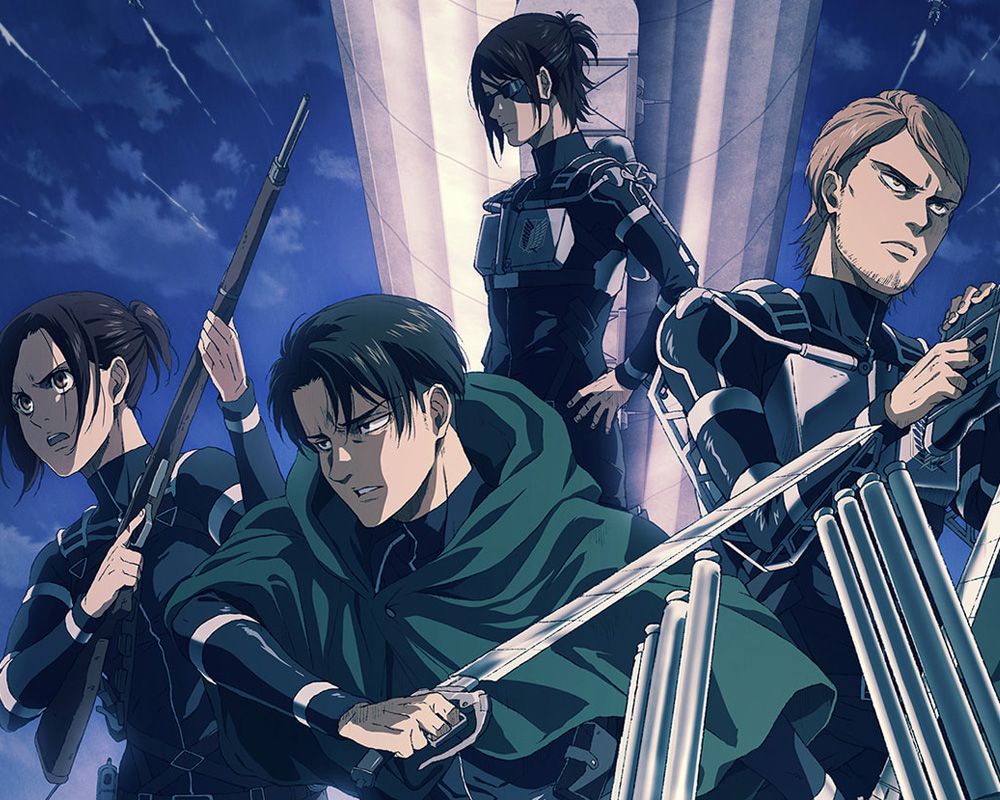
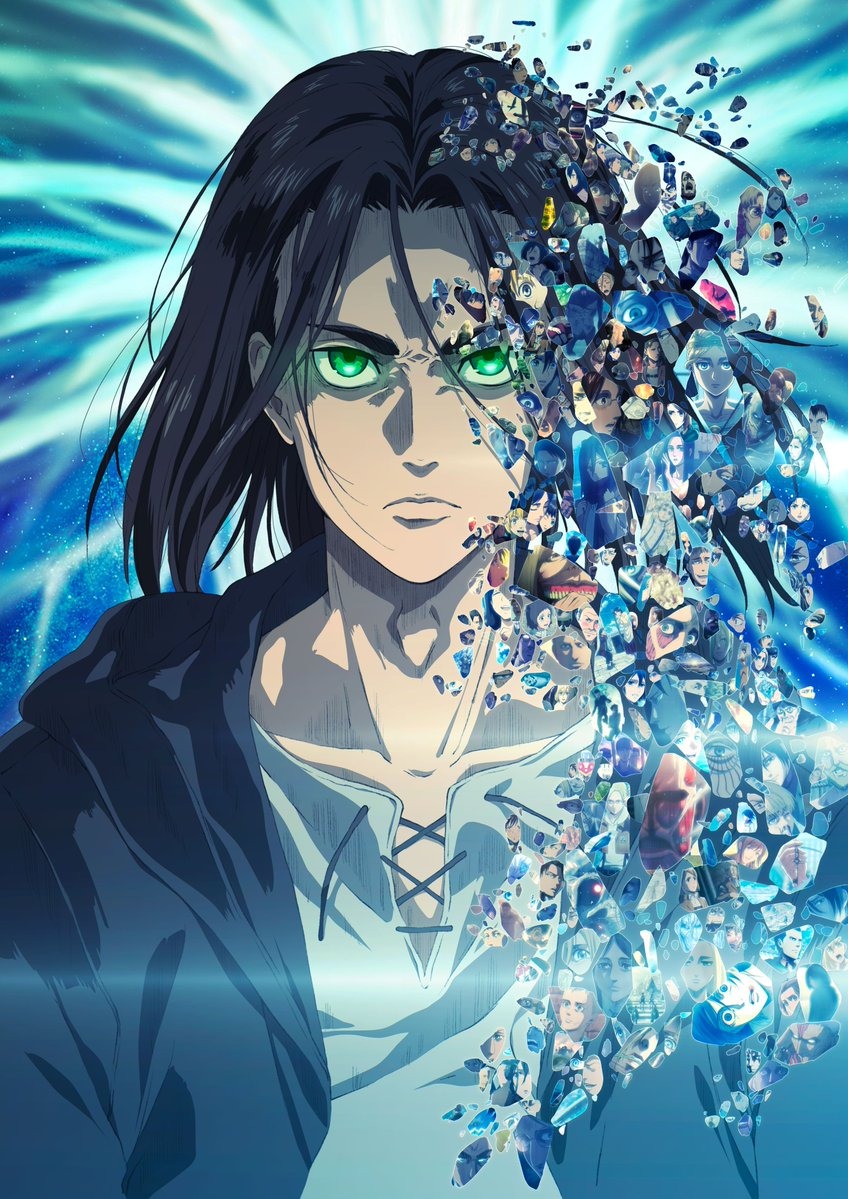

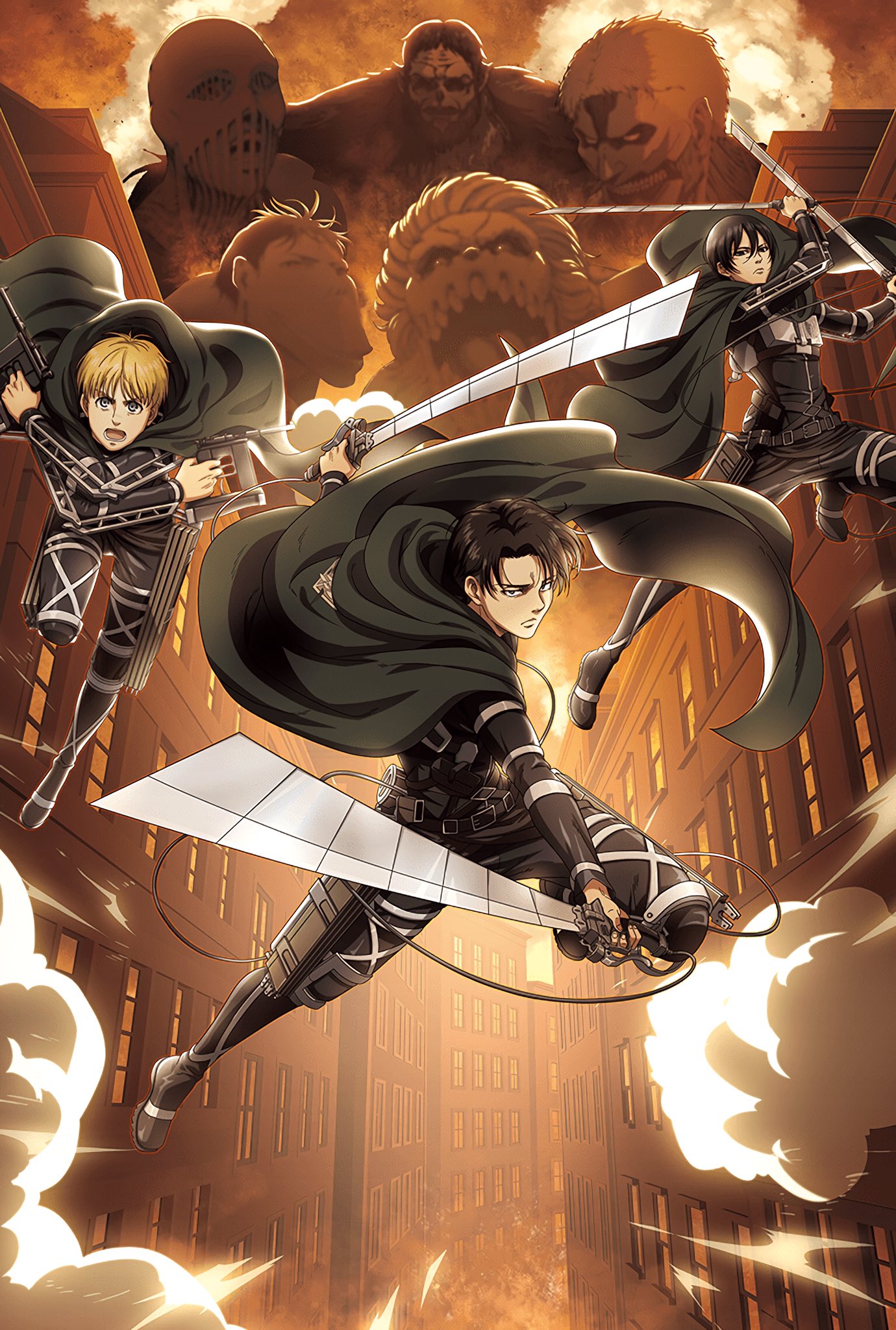

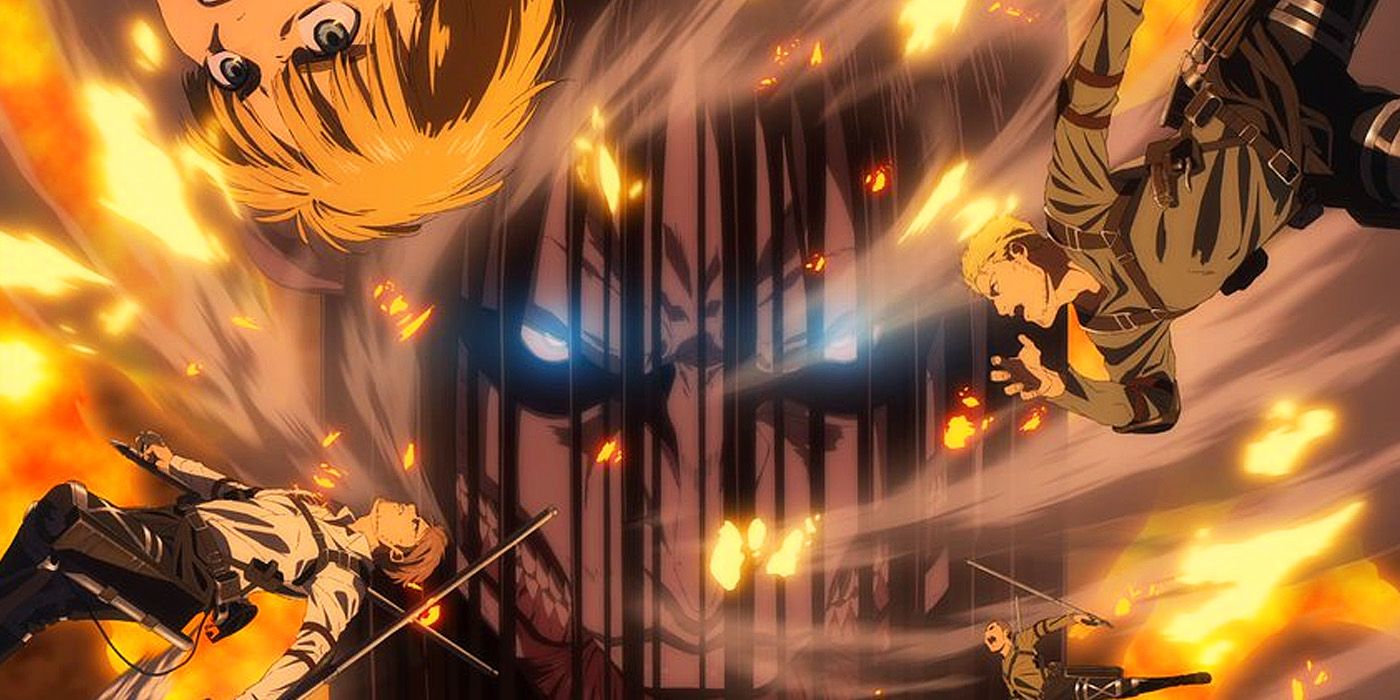
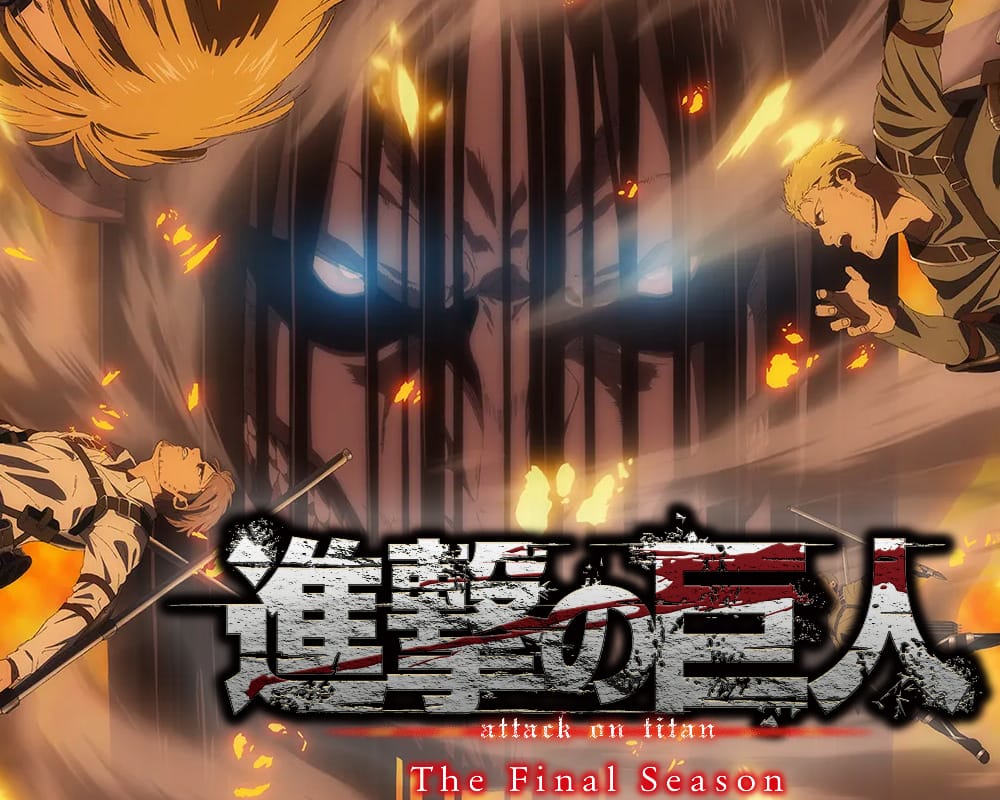
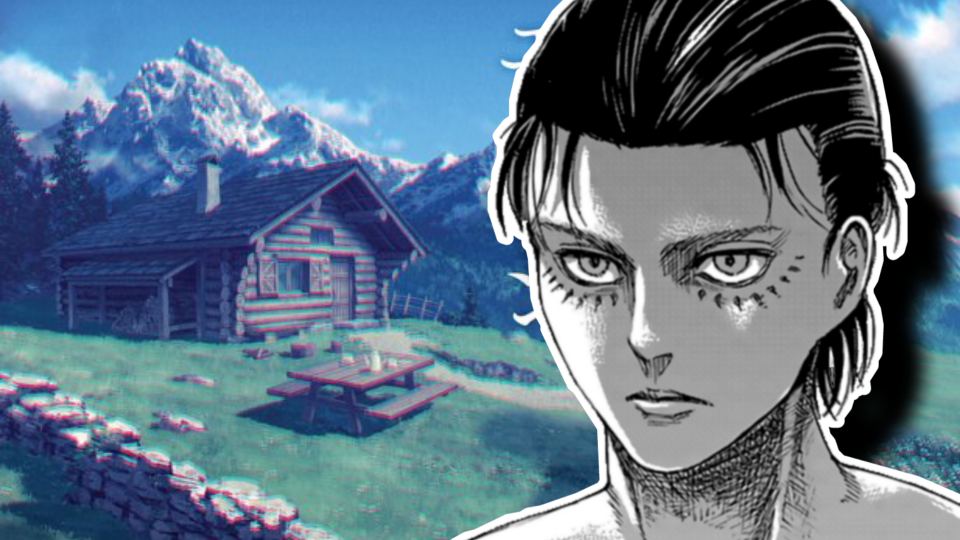
Closure
Thus, we hope this article has provided valuable insights into The Visual Spectacle of "Attack on Titan" Final Season: A Tapestry of Emotion and Storytelling. We thank you for taking the time to read this article. See you in our next article!